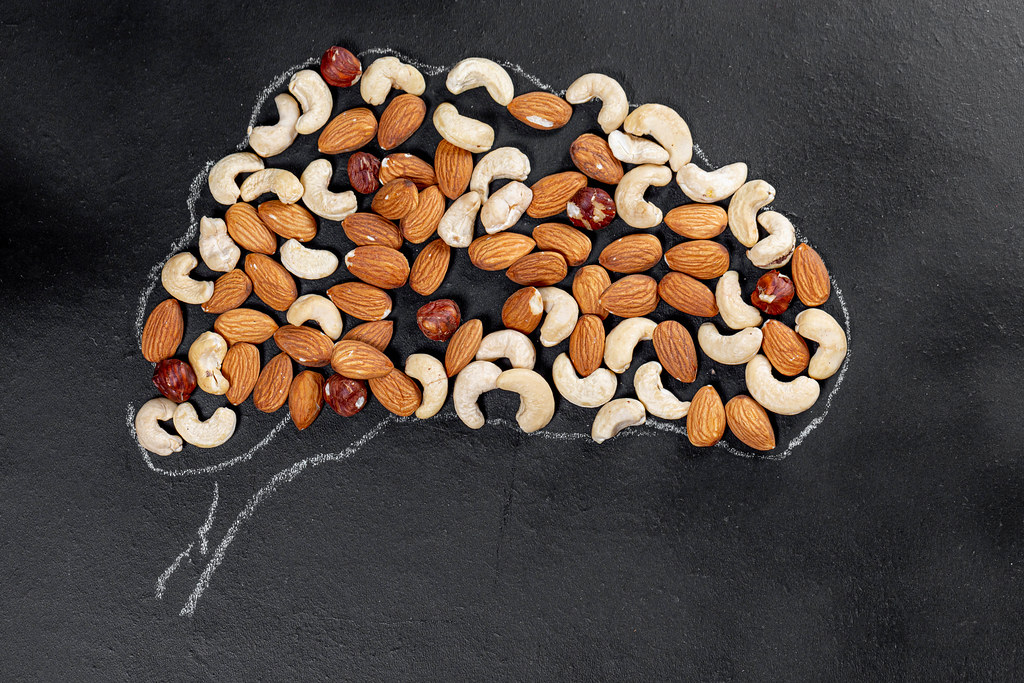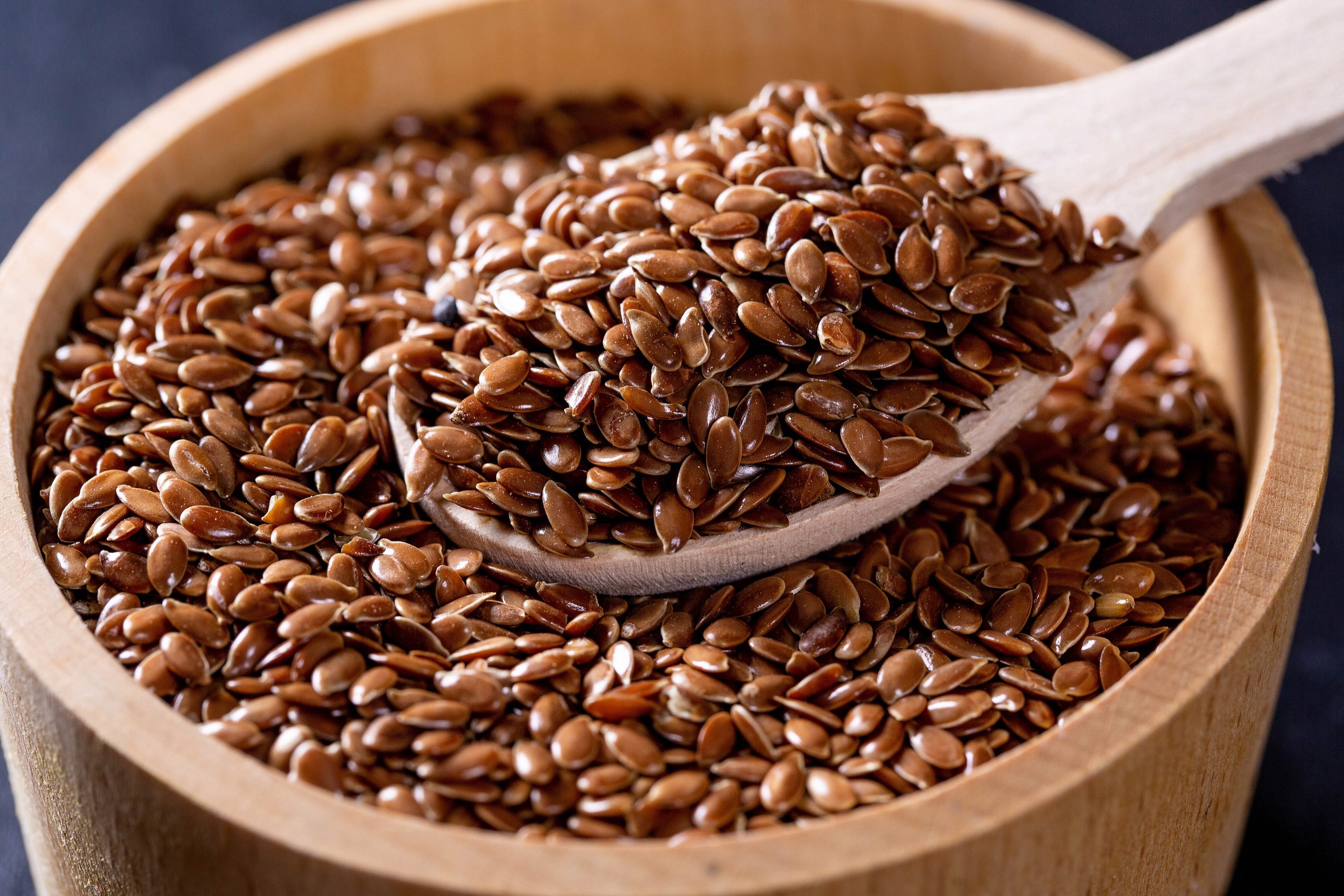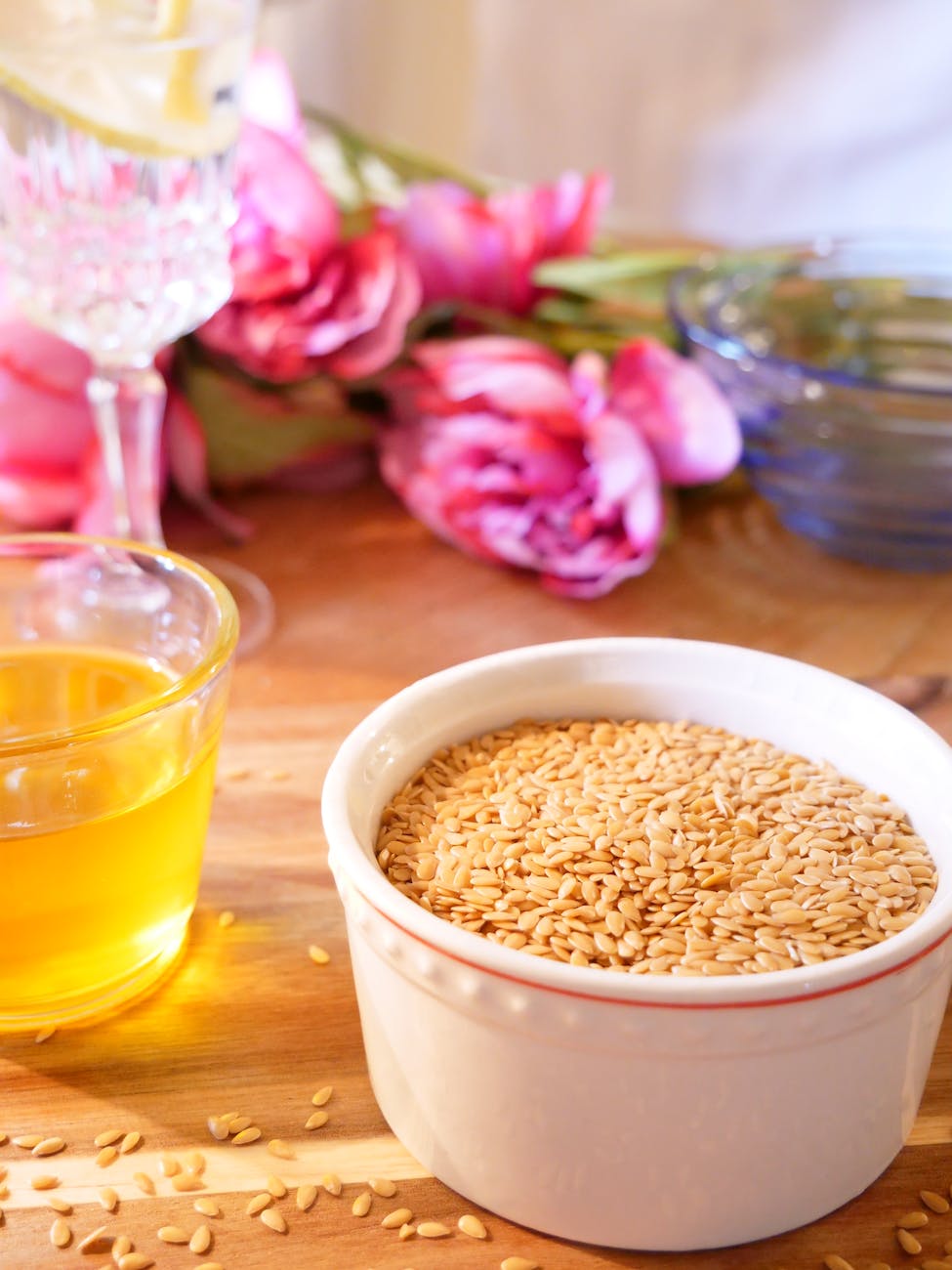
Introduction: In today’s fast-paced world, maintaining cognitive fitness is essential for staying sharp, focused, and mentally agile. While mental exercises and challenges play a crucial role, the foods we consume also have a profound impact on our brain health and cognitive function. In this comprehensive blog post, we’ll explore the best diets for cognitive fitness—eating patterns that have been scientifically linked to improved brain health, enhanced memory, and long-term cognitive well-being. Let’s embark on a journey to nourish our brains and unlock their full potential! 💡🥦
1. The Mediterranean Diet: A Brain-Boosting Delight 🌊🍅 The Mediterranean diet is renowned for its numerous health benefits, including its positive impact on cognitive function. Inspired by the eating habits of people living in Mediterranean countries, this diet emphasizes whole, unprocessed foods such as fruits, vegetables, whole grains, legumes, nuts, seeds, and healthy fats, primarily from olive oil. It also encourages moderate consumption of fish, poultry, and dairy products, while limiting red meat and processed foods. The Mediterranean diet is rich in antioxidants, healthy fats, vitamins, minerals, and fiber, all of which contribute to improved brain health, reduced inflammation, and a lower risk of cognitive decline.
2. The MIND Diet: Nourishing Your Brain with Mindful Eating 🧠🍇 The MIND diet combines the principles of the Mediterranean diet and the DASH (Dietary Approaches to Stop Hypertension) diet, with a specific focus on foods that support brain health. This eating pattern highlights the consumption of green leafy vegetables, berries, nuts, whole grains, fish, poultry, olive oil, and beans. It also advises limiting the intake of red meat, butter, cheese, pastries, and fried or fast food. The MIND diet stands out for its emphasis on specific brain-boosting foods, such as leafy greens and berries, which are rich in antioxidants and beneficial phytochemicals. This diet has been associated with a reduced risk of cognitive decline, Alzheimer’s disease, and improved cognitive function.
3. The DASH Diet: Boosting Brain Health with Balanced Nutrition 🌿🍎 Initially developed to lower blood pressure, the DASH diet has also been linked to improved brain health and cognitive function. The eating plan encourages the consumption of fruits, vegetables, whole grains, lean proteins (such as fish, poultry, and legumes), and low-fat dairy products. It recommends reducing the intake of saturated fats, added sugars, and sodium. The DASH diet provides essential nutrients, including antioxidants, vitamins, minerals, and fiber, which support brain health, reduce inflammation, and improve cognitive performance.
4. The MEDITA Diet: Enhancing Brain Function with a Plant-Based Approach 🌱🥕 The MEDITA (Mediterranean-Dietary Intervention for Neurodegenerative Delay) diet is a modified version of the Mediterranean diet, designed specifically to reduce the risk of neurodegenerative diseases and support long-term brain health. It places a stronger emphasis on plant-based foods, including fruits, vegetables, legumes, whole grains, nuts, and seeds. The MEDITA diet limits the consumption of meat, dairy, and saturated fats, while promoting the intake of healthy fats from sources like olive oil and fatty fish. By prioritizing plant-based ingredients rich in antioxidants, vitamins, minerals, and fiber, the MEDITA diet provides an abundance of nutrients that support cognitive fitness, protect against age-related cognitive decline, and promote overall brain health.
5. The Nordic Diet: Tapping into the Power of Scandinavian Cuisine ❄️🐟 The Nordic diet, inspired by the traditional eating habits of Scandinavian countries, emphasizes locally sourced, seasonal foods. It includes whole grains, berries, vegetables (especially root vegetables), fatty fish (such as salmon and herring), rapeseed oil, and a moderate amount of dairy products. The Nordic diet is rich in omega-3 fatty acids, antioxidants, fiber, and other nutrients that support brain health, improve cognitive function, and protect against age-related cognitive decline. The emphasis on fish as a source of healthy fats and lean protein, combined with the inclusion of nutrient-dense plant-based foods, contributes to the overall cognitive benefits of this eating pattern.
6. The MANGO Diet: A Flavorful Approach to Cognitive Fitness 🥭🍠 The MANGO (Mindful, Antioxidant-Rich, Nutrient-Dense, and Good-Fat-Focused) diet is a comprehensive approach to cognitive fitness that emphasizes the importance of mindful eating and nutrient-dense foods. This diet encourages consuming a colorful variety of fruits, vegetables, whole grains, lean proteins, healthy fats, and herbs and spices. The MANGO diet promotes foods rich in antioxidants, such as berries and leafy greens, which protect against oxidative stress and inflammation. It also emphasizes nutrient-dense ingredients like lean proteins, whole grains, and healthy fats, which provide the essential nutrients needed for optimal brain function and cognitive performance.
7. The MINDFUL Diet: Cultivating Mindfulness and Nourishing the Brain 🧘🥦 The MINDFUL (Mindfulness, Intuitive Eating, Nutrient-Rich, and Growth-Boosting Lifestyle) diet is a holistic approach that combines mindful eating practices with a focus on nutrient-rich foods to support brain health and cognitive function. This diet encourages being present in the moment while eating, listening to the body’s hunger and fullness cues, and savoring the flavors and textures of food. It promotes the consumption of nutrient-dense foods such as fruits, vegetables, whole grains, lean proteins, healthy fats, and plant-based alternatives. By fostering a mindful and intuitive relationship with food and choosing nutrient-rich ingredients, the MINDFUL diet supports cognitive fitness, reduces stress, and enhances overall well-being.
Conclusion: Choosing the right diet is a powerful step toward nurturing your brain for optimal cognitive function and long-term brain health. Whether you opt for the Mediterranean, MIND, DASH, MEDITA, Nordic, MANGO, or MINDFUL diet, each of these eating patterns offers a wealth of brain-boosting benefits through the inclusion of nutrient-dense foods, antioxidants, healthy fats, and essential nutrients. By embracing these diets and making mindful food choices, you can nourish your brain, protect against cognitive decline, and unlock your full cognitive potential. Remember, the path to cognitive fitness starts with the food on your plate! 💡🥦













